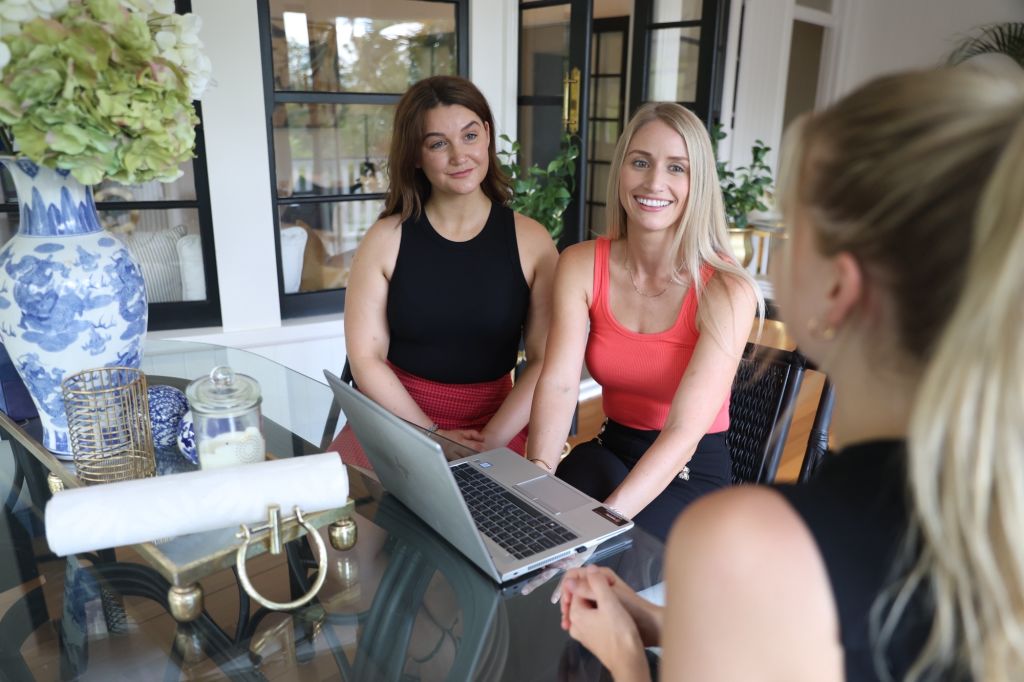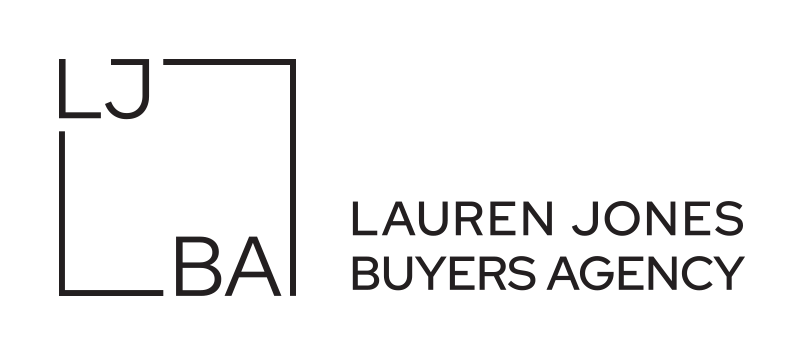Click here to read Domain’s full article.
From original:
“Sydney-based technical project manager Stacey Matthews is one of many first-home buyers who has struggled to save for a 20 per cent deposit.
She spent a decade saving and managed about 18 per cent before finally deciding it made more financial sense to bite the bullet and buy – and pay a small amount of lender’s mortgage insurance – than risk getting further priced out of the market.
“It seemed like the whole time when I was saving for that 20 per cent mark, it was always just a little bit out of reach, ‘you’re never going to reach it’ kind of thing. And that’s where I just made the decision that I was going just to buy and pay that lender’s mortgage insurance,” the 34-year-old says.
It’s a similar story many first-time buyers face, despite new research revealing that the time it takes to save for a deposit has shrunk over the past year.
Domain’s latest First-Home Buyer Report, released on Thursday, found that the average time for an Australian couple aged 25-34 to save the 20 per cent deposit required for an entry-priced house is now four years and nine months – that’s two months less than this time last year.
The average time to save for a deposit for a unit is three years and five months, a month less than it was last year.
An entry-priced property is considered to be in the 25th percentile.
Domain chief of research and economics Dr Nicola Powell says while buying a first home is an “emotional journey”, higher interest rates have made it even more complicated.
“In this report, we discovered that, due to higher interest rates, there has been a slight reduction in the time required to save a deposit (for those who can consistently save and have experienced wage growth). On the other hand, higher interest rates can make home loan repayments more difficult,” she says.
Sydney remains the capital city with the longest time to save, with more than six years for a house and more than four years for a unit. Sydney is followed by Melbourne, Brisbane, Adelaide and Canberra, where each city has an average of more than five years to save for a 20 per cent deposit on an entry-priced house.
While the time it takes to save for a deposit has become marginally faster in some parts of Australia, the cost of entry-level homes has been soaring elsewhere, particularly in cities like Brisbane, Adelaide and Perth, and to a lesser extent, Sydney.
The price of an entry-level home in Brisbane skyrocketed from $560,000 in December 2022 to $635,000 in December 2023; in Adelaide by 15.1 per cent from $517,000 to $595,000 and in Perth by 16.1 per cent from $435,000 to $505,000.
The cost of entry-level properties in cities like Melbourne, Darwin and Canberra have been far more stable.
Entry prices, houses
| Dec-23 | Dec-22 | YoY | 5-year Change | |
| Canberra | $800,000 | $800,000 | 0.0% | 42.6% |
| Adelaide | $595,000 | $517,000 | 15.1% | 61.7% |
| Brisbane | $635,000 | $560,000 | 13.4% | 51.2% |
| Darwin | $460,750 | $450,000 | 2.4% | 15.2% |
| Hobart | $530,000 | $550,000 | -3.6% | 55.3% |
| Melbourne | $678,000 | $670,000 | 1.2% | 16.9% |
| Perth | $505,000 | $435,000 | 16.1% | 31.6% |
| Sydney | $927,250 | $870,000 | 6.6% | 38.0% |
| Australia | $545,000 | $492,000 | 10.8% | 47.3% |
Source: Domain First Home Buyer Report, Feb 2024. Note: Entry price is based on 25th percentile for the 3 months to Dec 2023.
Powell believes this sector of the market will likely get even more expensive once the official cash rate is cut later this year.
Despite this outlook, there has been a noticeable increase in the number of first-home buyers trying to enter the market, says Unloan’s chief executive officer, Dan Oertli.
“[ABS data tells us that] first-home buyers accounted for 38 per cent of all new home loans in December 2023 and 4.9 percentage points higher than 2022. So a very significant increase in the percentage of loans taken out by first-home buyers,” he says.
“At Unloan we want to see more young Australians successfully purchase their first home. Everyone’s journey to buy a home is different, but for many, they don’t know where to start. We know that buyers who are armed with the right information and seek out all the support available feel like they have more control over the home loan process.”
Currently, various grants and schemes that ease the process of entering the market are available at the state and federal levels. These include stamp duty discounts, financial grants, and lowering the deposit required to purchase.
“What we might see this year is we’ve got things like Help to Buy come into place, and Help to Buy is activating low to middle-income households. It’s going to direct activity towards the lower end of the housing market, and that could help to boost prices more,” says Powell.
This predicted price increase across entry-level homes will make it more challenging to enter the market without financial help from families, says Powell.
Oertli encourages first-home buyers not to lose heart with what can sometimes be a long process.
“It can be an overwhelming feeling for anyone trying to enter the market, so it’s important that they feel supported at every step of the way. Our customers tell us that simple and digital experiences help them feel in control of the loan application process and that talking to people like our home buying coaches helps them navigate the new world they find themselves in, and the options available to them.”
Powell says there are two essential tips for getting into the property market faster: go further out from the city centre or switch from looking at houses to units.
“Areas offering affordable options, and thus greater ease in entering the property market for houses, usually improve, the greater their distance from the city,” she says.
“Units offer the perfect mix of affordability and closer proximity to the CBD, such as Sydney’s Fairfield (three years and two months), Melbourne’s Essendon (two years and nine months) and Brisbane’s Springwood-Kingston (two years and six months).”
No first-home buyer experience is the same. These young Australians shared with Domain where they are in their property journey, what they’ve found hard, what they’ve compromised on, and whether they will keep searching.
Kaylee Moffitt, Brisbane

Kaylee Moffitt, 29, and her husband had been saving for two years when they finally managed to put together a deposit with the help of her parents.
At that point, the Brisbane first-home buyer was ready to give up on property ownership after a year of other buyers offering more money for the houses than she could.
“I know, that sounds dramatic. But we were well and truly over it,” she says. “Mentally, emotionally, it was exhausting.
“We didn’t really know how to negotiate for ourselves. And everything was just moving too quickly. But by the time we’d sort of tried to figure out how much we thought a property was worth, it would be under offer.”
A significant challenge Moffitt and her husband faced was continuously being priced out of their desired suburb of Salisbury, in Brisbane’s southern suburbs, and it wasn’t until they sought help from buyer’s agents Lauren Jones and Jess Giandomenico that their journey became smoother and they ended up finally buying.
Moffitt and her husband now live in a three-bedroom house they purchased in Wynnum West, in Brisbane’s eastern suburbs.”

